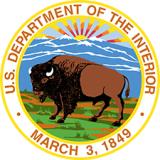Western Drought Webinar: July 20, 2021
The 2021 Western Drought Webinar assembled stakeholders, decision makers, and drought experts for an informational webinar on drought conditions and response efforts in the Western United States.
The webinar included a summary of past and current conditions, looking at a variety of drought indicators such as snowpack, temperatures, precipitation, soil moisture, etc. Outlook information for drought, heat, and wildfire was also provided. Potential and ongoing impacts from drought were considered across communities and sectors, and Federal officials spoke to government response and relief efforts, with the goal of supporting communities impacted by the ongoing drought.




